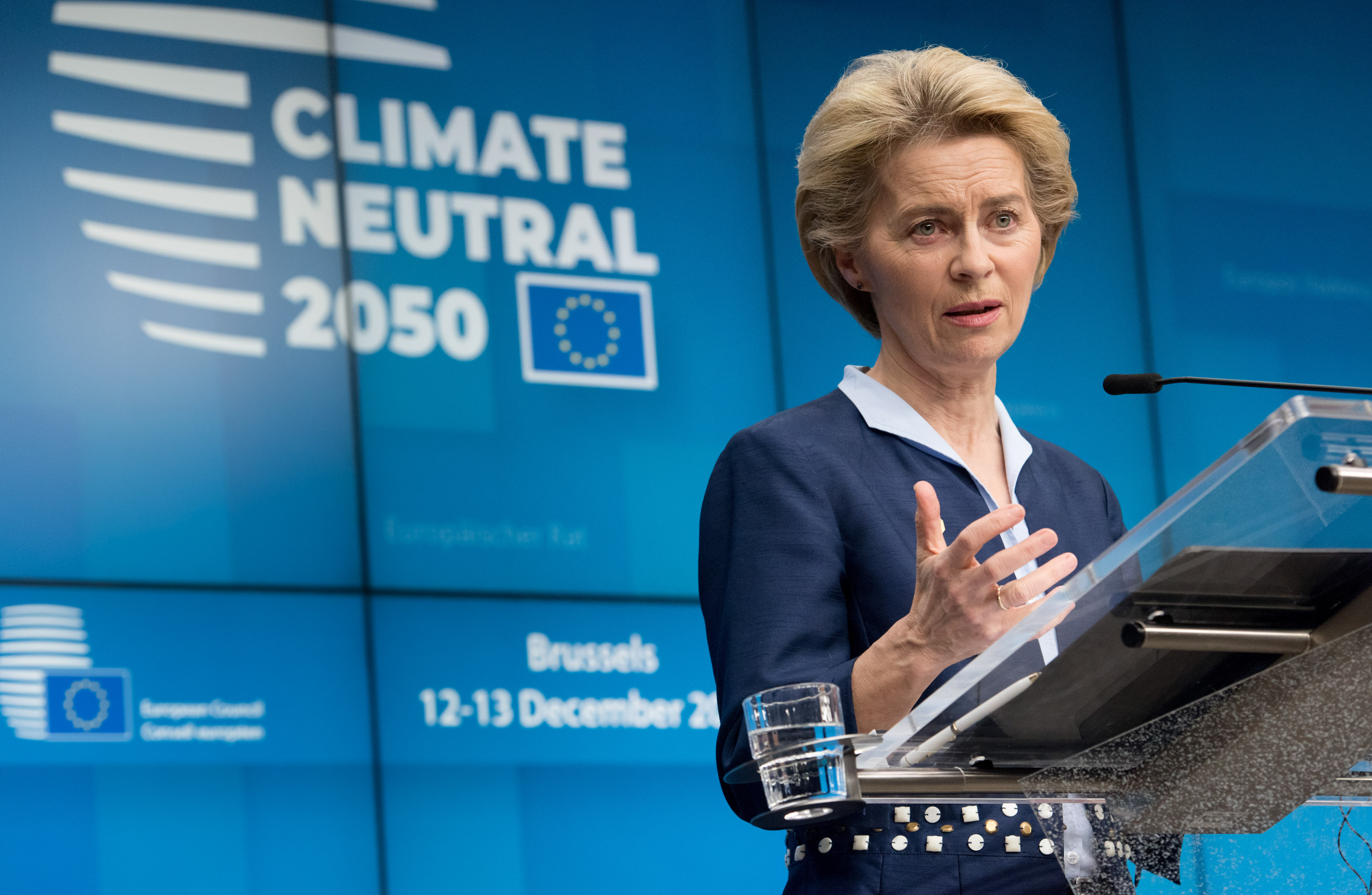Europe has unveiled a plan to eliminate climate emissions by 2050

The European Union is forging ahead with a sweeping plan to become “climate neutral” by midcentury.
If implemented, the European Green Deal could mark a major advance in the effort to combat climate change, since EU members make up the third largest block of greenhouse-gas emitters behind China and the US. But it will require massive investments and rapid transformations across nearly every economic sector.
The details: A released document doesn’t provide many specifics on how nations will achieve these ambitious targets, but it lays out timetables for developing strategies to reach specific goals.
At various points next year, for instance, the European Commission plans to propose a binding European climate law; develop a plan to cut emissions 50% by 2030; create strategies for transforming the agriculture and transportation industries; and devise various funding mechanisms.
European leaders stress that the deal will strive to be “just and socially fair,” by providing support for people, businesses, and regions harmed by the rapid transition.
What’s next? The European Commission unveiled the plan on Wednesday, sending it on to additional government bodies for endorsement. The process hit a snag at the European Council, where Poland declined to commit to the 2050 goal.
But European leaders said they’ll press ahead with the plan, and the council said it will revisit Poland’s reservations in June.
Challenges: Building the amount of solar farms, wind turbines, and other sustainable infrastructure required to cut emissions in half within a decade will be extremely expensive. Meanwhile, there aren’t readily available tools to eliminate emissions from steel, cement, aviation, and agriculture at this point.
Deep Dive
Climate change and energy
The problem with plug-in hybrids? Their drivers.
Plug-in hybrids are often sold as a transition to EVs, but new data from Europe shows we’re still underestimating the emissions they produce.
Harvard has halted its long-planned atmospheric geoengineering experiment
The decision follows years of controversy and the departure of one of the program’s key researchers.
Why hydrogen is losing the race to power cleaner cars
Batteries are dominating zero-emissions vehicles, and the fuel has better uses elsewhere.
Decarbonizing production of energy is a quick win
Clean technologies, including carbon management platforms, enable the global energy industry to play a crucial role in the transition to net zero.
Stay connected
Get the latest updates from
MIT Technology Review
Discover special offers, top stories, upcoming events, and more.